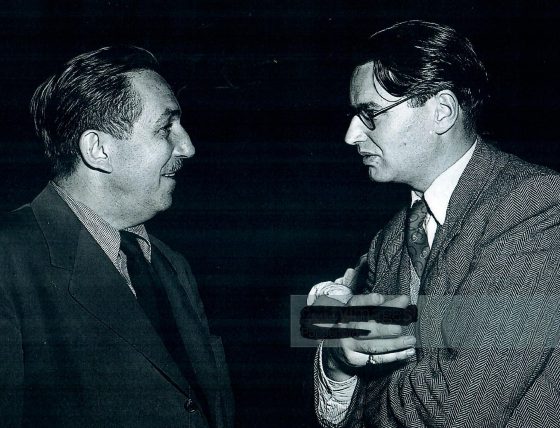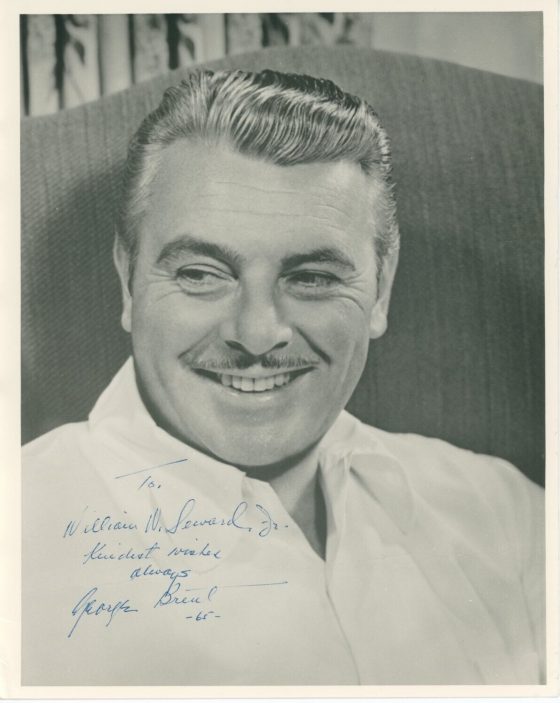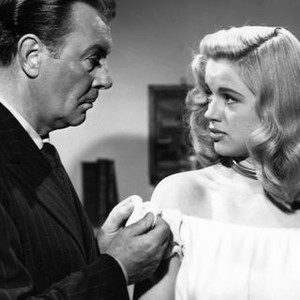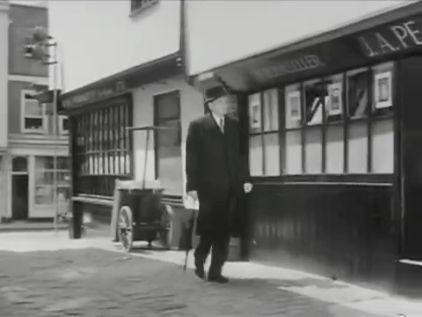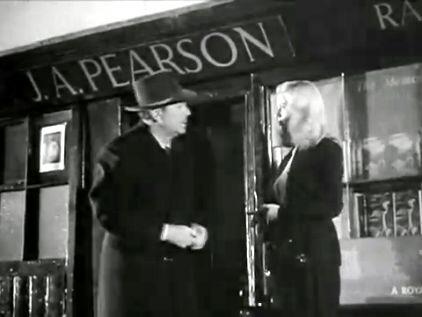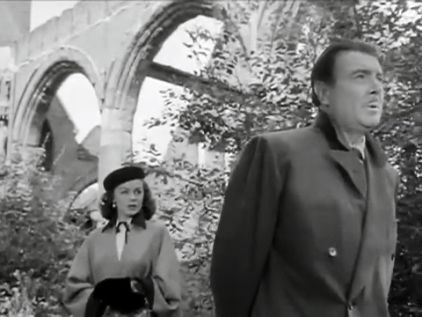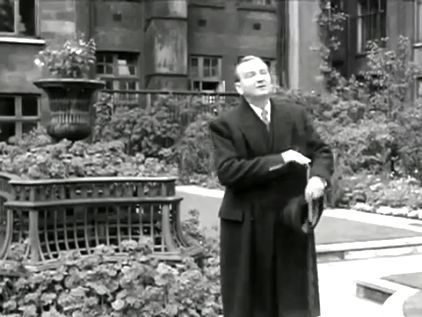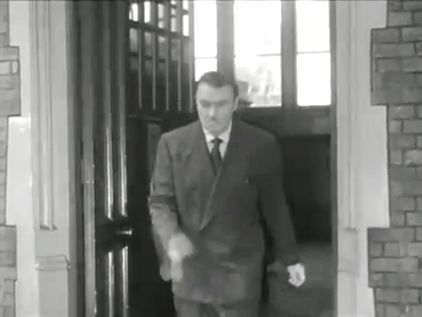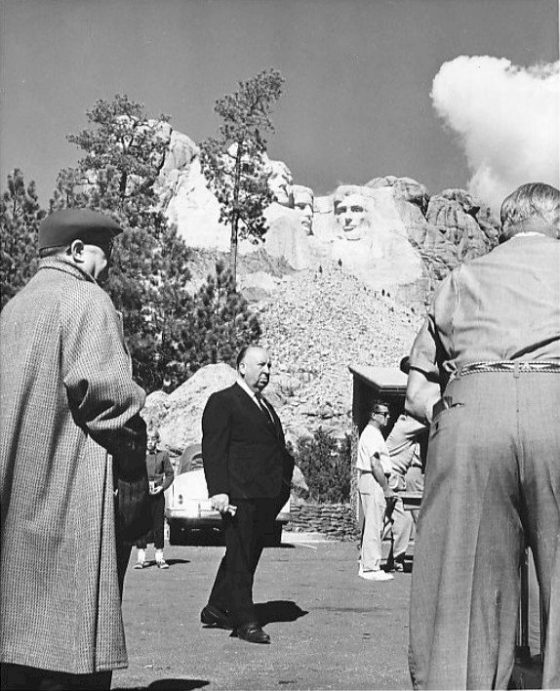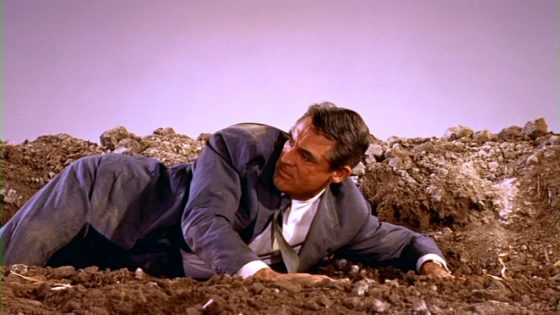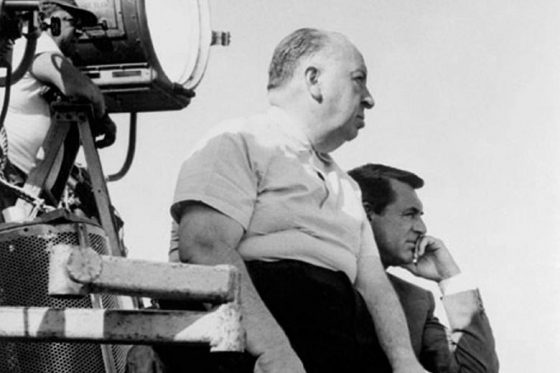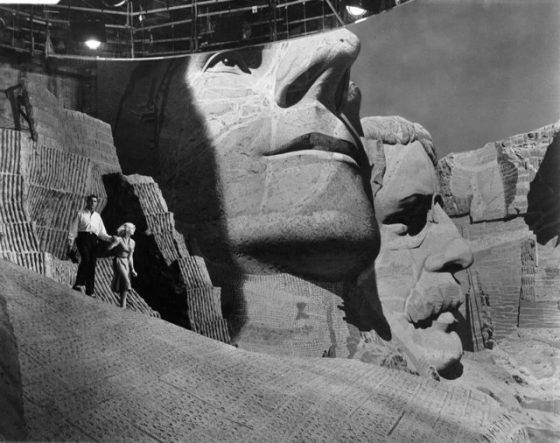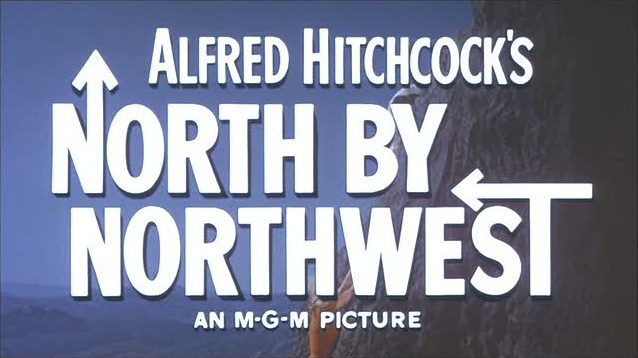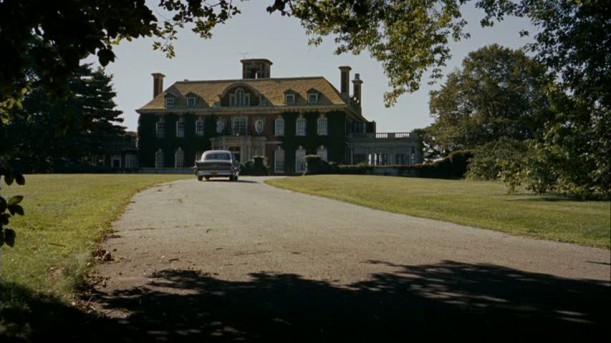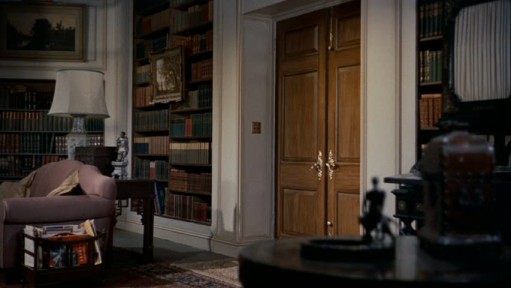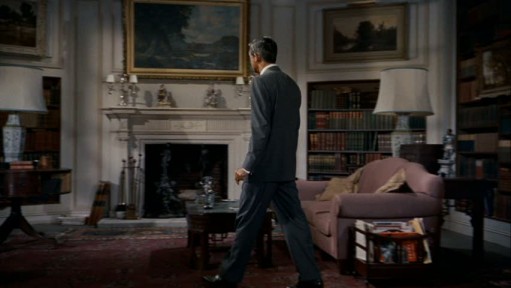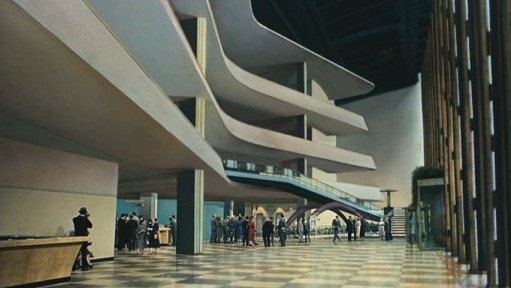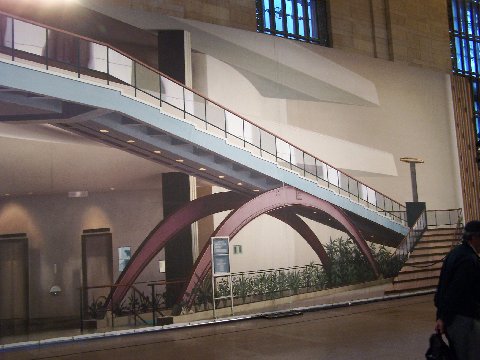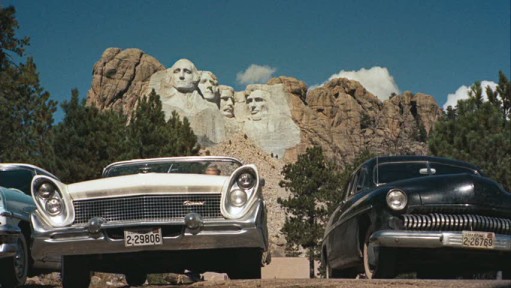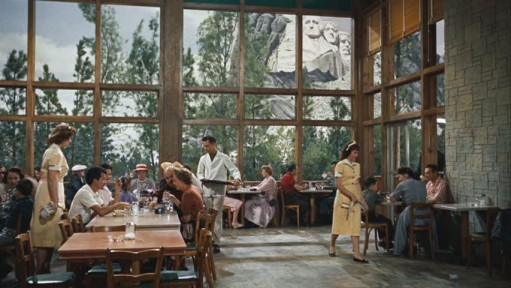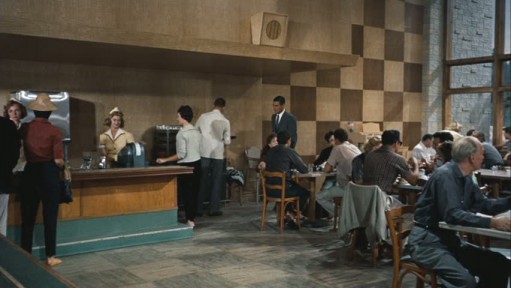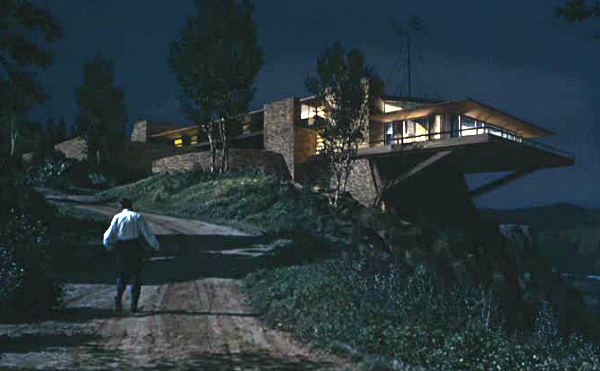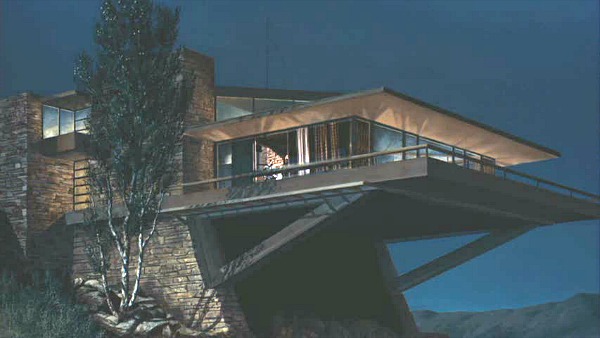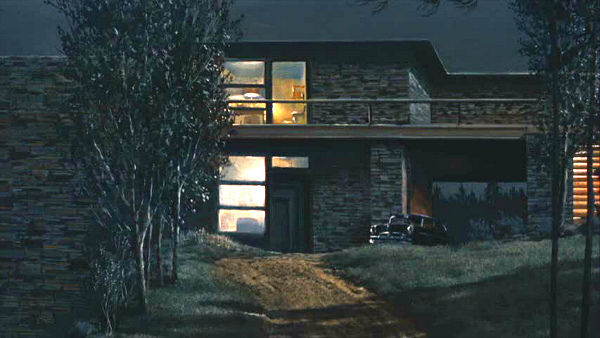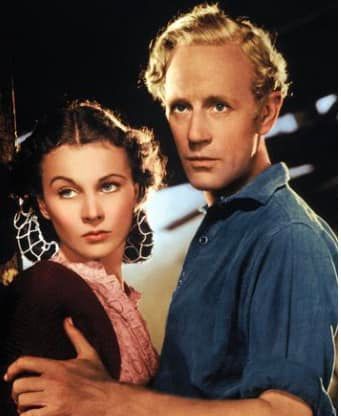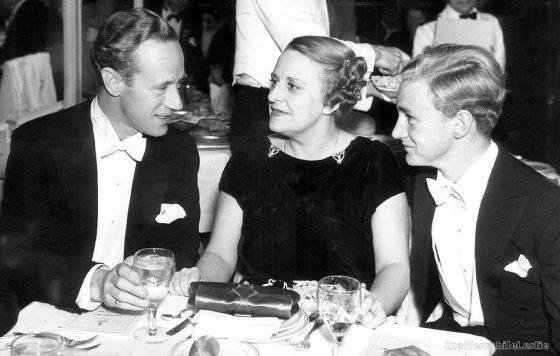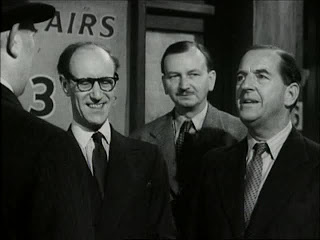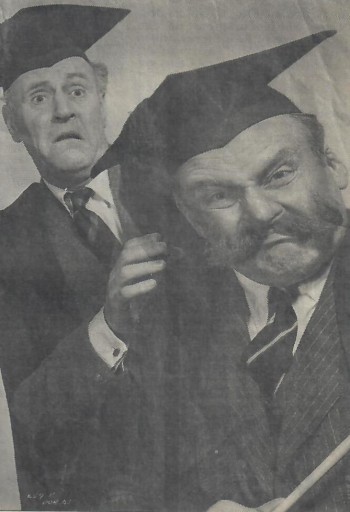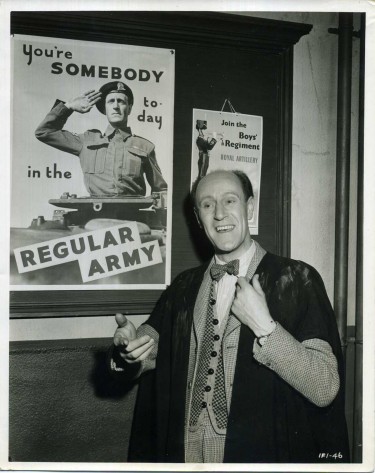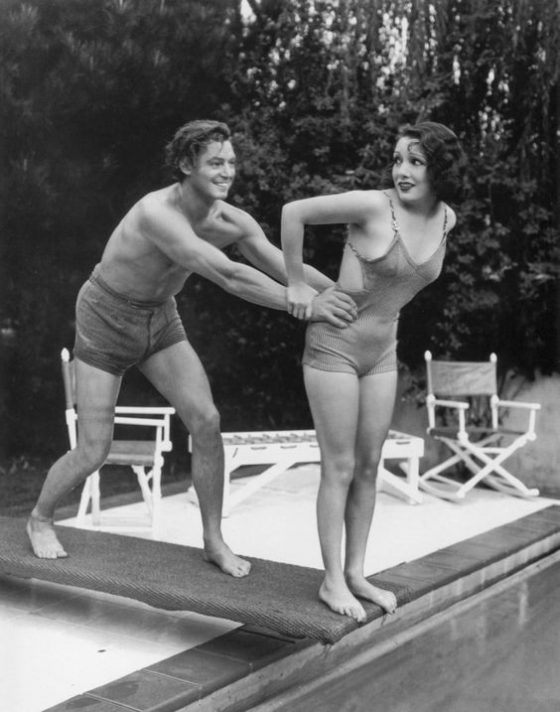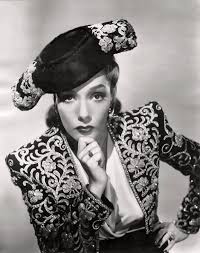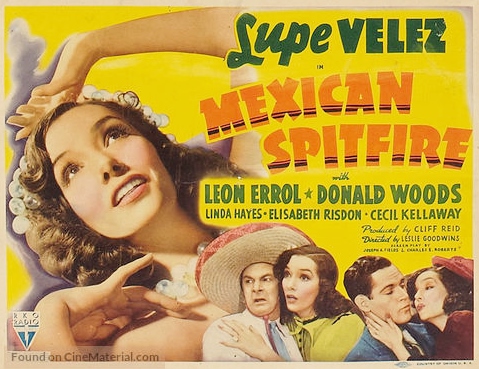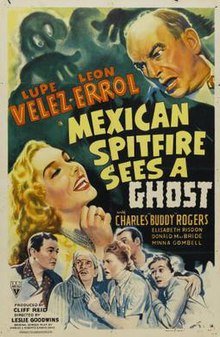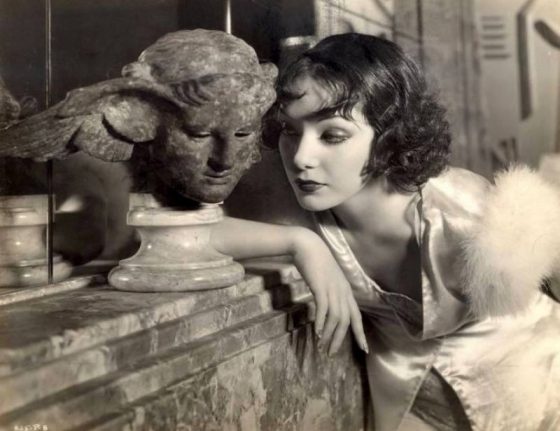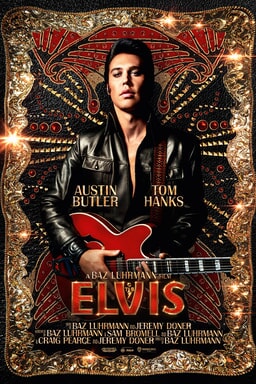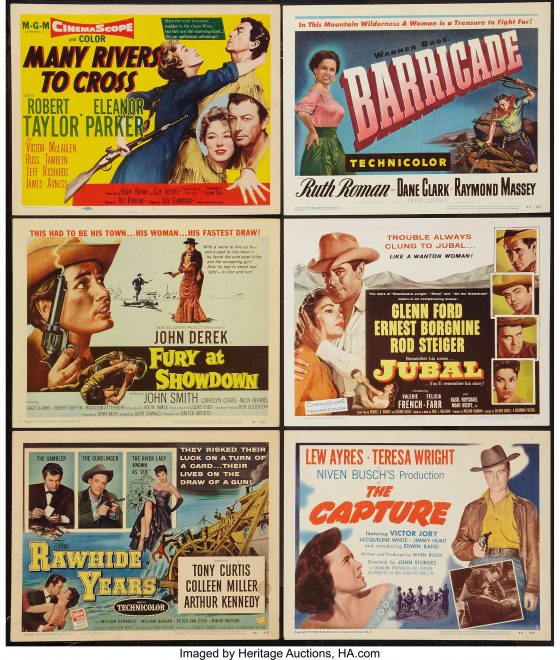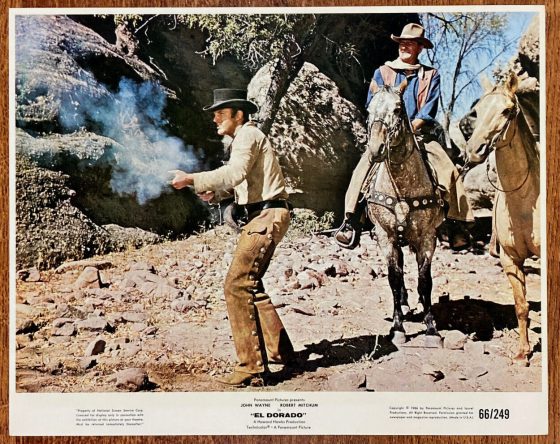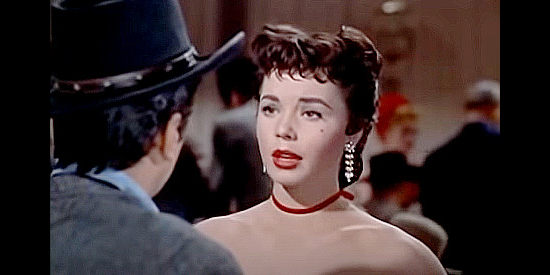Yes – this is a hard hitting title I know but this is very much what I think when it comes to discussing the making of ‘The Story of Robin Hood and His Merrie Men’ at Denham Film Studios in the summer of 1951
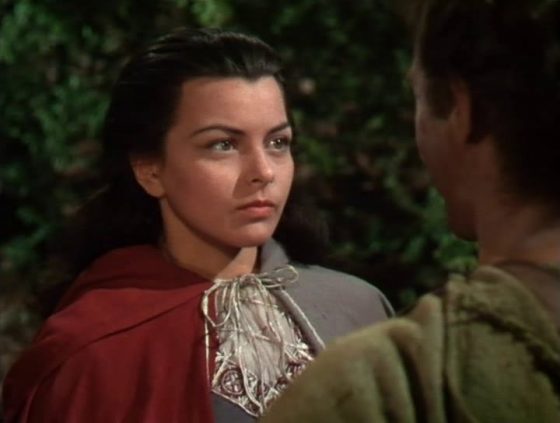
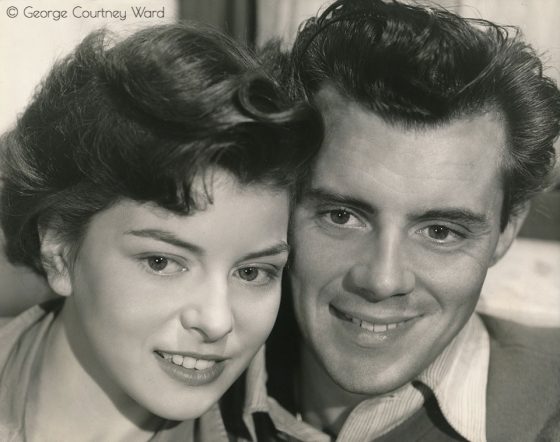
It is well documented that Richard Todd and Ken Annakin did not respect Joan Rice as an actress and this is confirmed in a number of interviews Richard Todd gave – he said ‘She wasn’t an actress at all’ and impled that she was out of her depth.
Ken Annakin in his Autobiography states that she was poor and accident prone and much more.
He says that Joan Rice was ‘ a cross he had to bear’ and that she was ‘dumb and accident prone’ and he describes her ‘going off crying again’ following insults thrown at her by one of the crew.
He then says that Walt Disney visited the set and had his picture taken with a few of the actors and some with Joan Rice on the Archery set – and he declared that he had made the right choice in casting her as Maid Marian. Ken Annakin said that he and others , Richard Todd no doubt, did not agree with him and thought he could have done better

During the filming Joan had said amid tears that ‘if she wasn’t good enough then she would go back to being a waitress’ – however she had one very powerful ally in Walt Disney who chose her – in my view for her looks and how she fitted his own picture of Maid Marian. He was right – the public loved her in this role and still do
Ken Annakin says, again in his Autobiography, that he recalls one incident where one of the crew – an electrician – was walking past him and Joan Rice as Ken Annakin was going through her lines with her and the crew member in a loud whisper said ‘ She’s nothing but a big soft milk tart, Governor. Big boobs and and no drawers’. This again made Joan run off and cry until she was persuaded to come back.
This should never have been allowed and the crew member should have been reprimanded but the culture was such that this type of offensive behaviour to a very young girl was just let go,
What makes it even more galling for me is that Richard Todd had recommended James Robertson Justice for Little John – but here was someone who was not trained as an actor – and in fact was a fantasist and story teller on a grand scale – who seemed to get through each role by shouting his lines. He had a terrible Scots accent in Rob Roy although he claimed to be Scottish and born on the Isle of Skye which he wasn’t.
To add insult to injury Ken Annakin also in his Autobiography – says how well he got on with James Robertson Justice who, he said was ‘larger than life’ and always entertaining. In fairness to him, James would not have been pushed around and treated badly by Ken Annakin and Richard Todd – as Joan Rice was.
James Robertson Justice was a former public schoolboy as was Richard Todd, and as such had that confidence which Joan Rice with her poor upbringing did not.
It has also to be remembered that in the summer of 1951 when the film was made, Joan Rice was only 20 years old

Ken Annakin and Richard Todd I am sure looked down on her maybe because of this and treated her with disdain throughout the filming – maybe Ken Annakin, to be fair, was better to her than Richard Todd.
Richard Todd had nothing to do with her after the film was finished – he could have helped her but didn’t.
I sometimes think that if a different actress had been given the role – and I am pleased that they weren’t – she would have stood up to Mr Todd or maybe if Joan Rice had been a little older she would have.
Joan Rice was cruelly treated in the making of ‘The Story of Robin Hood and His Merrie Men’ by these two
Joan Rice went on to make ‘His Majesty O Keefe’ with Burt Lancaster out in Fiji and I hope that she was treated better there. It was another ‘big’ film.
Before she was cast in this film, Diana Dors had been approached for ‘His Majesty O Keefe’ but did not get the part – If Diana had worked with Ken Annakin and Richard Todd, she would have more than competed with them. She would have stood up to them
I did write this in an earlier post :-
Richard Todd said in a recent BBC radio interview that Joan Rice wasn’t really an actress although she was a very lovely girl. He also said that he didn’t know why Walt Disney and others had chosen her. In fact in Ken Annakin’s autobiography (and he directed the film) he states that Joan Rice was the choice of Walt Disney himself and Walt insisted she was in, having seen previous rushes of her films. He was absolutely right of course. She looked the part and acted pretty well – so much so that she got a major part in His Majesty O’Keefe opposite Burt Lancaster next.
Walt Disney knew what the public wanted instinctively. Joan Rice IS Maid Marian!!!
I wish Walt Disney had been around much more for the filming – he would not have allowed the bullying of this lovely young girl who was just making her way in the film world – and this one was about as big a film as you could get at the time.
